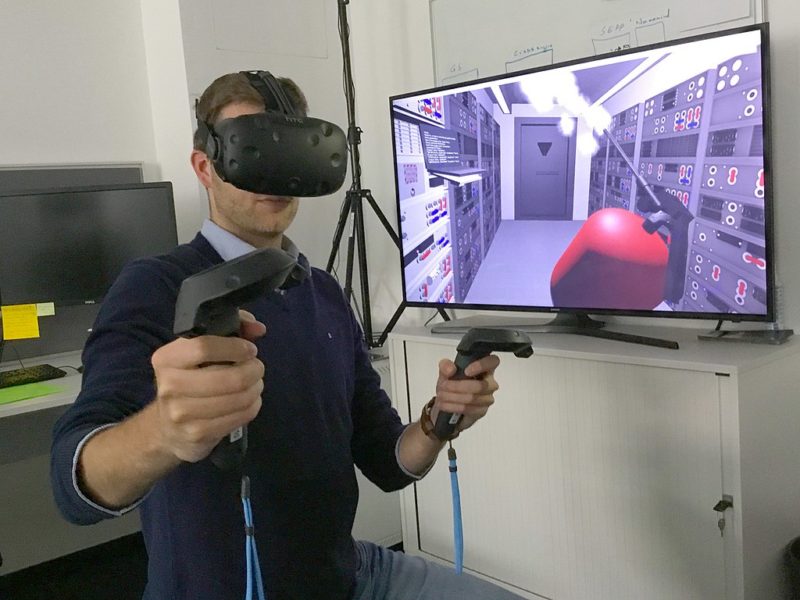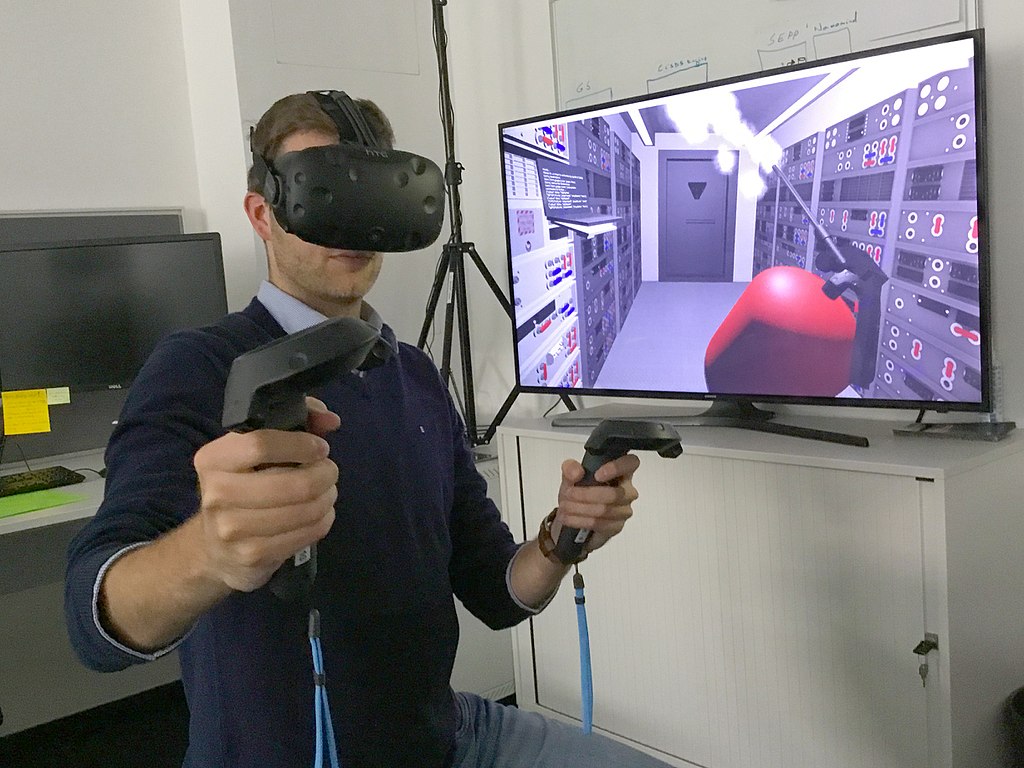
In every industry, there’s an expectation that technology will make things easier for everyone. Often, technology is expected to solve problems that could just as easily be solved with existing methods. What’s lacking is the application and adoption of methods and ideas, rather than any real technological gap.
This could easily extend to the latest tech trend: the use of virtual and augmented reality in training. Yet while AR and VR may have incredibly useful applications further down the line, there are existing technologies that have yet to be fully exploited. Chief among them is the idea of gamification, a concept that has already revolutionised learning in other industries.
What is gamification?
Gamification is the process of applying principles of game design to otherwise difficult, tedious or repetitive tasks, in order to make them more fun. Studies strongly indicate that people are dramatically worse at learning while bored. As a result, making learning fun has been the holy grail of teaching for years, with the market for educational video games and software going back several decades.
As any teacher will attest though, the line between educational and distracting is a thin one. Early educational games were usually either too fun and not educational enough, or not fun at all; reasons included poor game design, frustrating controls, uninteresting settings, and educational elements that did not mesh well with the game (an idea sometimes called ‘ludonarrative dissonance’).
Gamification was an attempt to approach this problem from a different angle. Instead of making bad video games with learning elements, professional designers were drafted in to ‘gamify’ learning. Common elements of game design, such as audiovisual feedback, rewards and rankings were added to traditional learning models in order to incentivise learning.
Central to the concept of gamification is understanding human motivations, and how to manufacture engagement. This is an area video games have long been famous for. The most infamous example is the ‘grind’ common to many roleplaying games, where players repetitively defeat thousands of the same enemies in order to gain levels, improving their virtual characters. The feedback loop of small rewards is enough to keep many people engaged in repetitive and fundamentally boring tasks.
Before the rise of reward apps, the concept first popped up in the form of customer reward programs. Schemes involving reward cards and reward points offered an incentive for continuing to shop with the same brand. Buy enough lattes and you might get one free; shop for a year at a particular supermarket, and you’ll receive enough points to cover Christmas.
A prime modern example of this approach is the popular language learning app Duolingo. Duolingo users can add their friends on the app, allowing them to see each other’s progress in learning a language. A virtual currency is earned for progressing, with medals and percentages showing your progress towards certain goals. The currency meanwhile can be used to preserve ‘streaks’ of learning each day, earning you further achievements and kudos.
Gamification and safety training
The ramifications for safety are much the same as those elsewhere. Instead of enhancing the shopping experience, the application is to safety training. By imbuing training with a tangible sense of progression and rewards, you can increase people’s drive to learn. The same apps can also be used to collect metrics, showing you how well people are learning, and at what pace.
A simple example would be to gamify eLearning courses. On the most basic level, you could use graphics and percentage counters to indicate your progress through the course, pushing you towards the finish line. A more complicated approach might be to introduce interactive ‘hazard tests’, where you can click on objects to identify risks in an animated graphic.
Scale this up, and you could find applications for gamification in almost every area of safety training. A ladder safety app could include a virtual ladder that you have to set up correctly, using touch to simulate the process. If we want to broach the topics of VR and AR again, you might develop a virtual world in which people can see hazards in real time (e.g. a forklift moving across a building site) and use their digital avatar to react appropriately.
In this respect, gamifying safety is of unique importance compared to other industries. By constructing virtual spaces which simulate real hazards, users can test skills like spatial awareness without putting themselves at risk. There is an opportunity for failure which does not exist in even the most realistic, practical safety training methods. Simply put, getting run over by a virtual digger is more likely to teach you about awareness than reading about it.
Once you’ve enhanced the physical learning process, you can apply gamification to the broader structure of safety training. A safety training provider for instance might benefit from having a unified online account system, which takes advantage of gamified elements. Users would gain points and rewards from completing courses, which they could show off on the website’s forum or their profile. The rewards might consist of discounts for other courses, encouraging them to take courses that they might not otherwise have considered.
Gamification can also take less obvious, more oblique forms. US retail giant Walmart has introduced games for warehouse workers to play while their forklift batteries are charging. The games don’t teach safety concepts, but rather constitute reactions, coordination and other mentally stimulating puzzles. An account system connects workers, allowing them to compete for high scores. This reduces wasted downtime, keeps employees happy, and potentially has a knock-on benefit for safety.
—
There is a reason gamification has been around so long without being broadly applied, of course. For many trainers, the expertise required to deliver compelling digital experiences is still too rare, and the frameworks don’t yet exist to simplify it. But an equal part is simply the lack of awareness of its potential, or the stubborn adherence to old methods. With the right approach, gamification really does have the potential to change training as we know it.


Only desire to declare ones article is really as remarkable. A clearness for ones publish is merely excellent and i also may you might be an experienced with this topic. Fine with your choice i want to to grab the feed to stay up to date with certain posting.. brooches Appreciate it 1, Thousand, 1,000 along with please keep up to date this fulfilling get the job done.
Hello my buddy! I need to say that this information is remarkable, excellent authored you need to include virtually all essential infos. I would like to glimpse much more articles this way .. broch
Hello.This article was really fascinating, especially because I was browsing for thoughts on this issue last Wednesday.
Greetings! Very helpful advice within this post! It is the little
changes which will make the biggest changes. Many thanks for sharing!
Appreciation to my father who told me on the topic of this web site,
this blog is actually amazing.